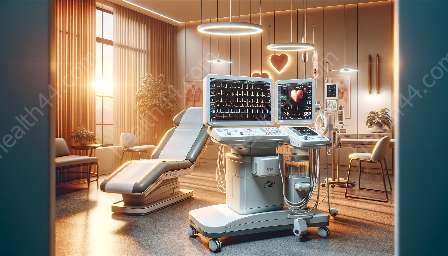Electrocardiography, commonly known as ECG or EKG, is a fundamental diagnostic tool used in the field of cardiology and healthcare. It is a non-invasive procedure that records the electrical activity of the heart over a period of time. ECG machines, along with various other medical devices and equipment, play a crucial role in obtaining accurate and reliable electrocardiogram readings.
The Basics of Electrocardiography
The principles of electrocardiography revolve around understanding the electrical conduction system of the heart and how it is represented graphically through ECG tracings. The heart's electrical activity results from the depolarization and repolarization of cardiac muscle cells during each heartbeat. This electrical activity can be measured and recorded using electrodes placed on the skin.
ECG/EKG Machines and their Functionality
ECG machines are specifically designed to capture and display the electrical signals generated by the heart. These machines consist of electrodes, leads, and a display screen. The electrodes pick up the electrical signals and transmit them to the machine via leads. The machine then processes these signals and presents them as a graphical representation on the display screen, usually in the form of a series of waves and complexes.
Compatibility with Medical Devices & Equipment
ECG machines are compatible with various medical devices and equipment, allowing for seamless integration into healthcare settings. This compatibility is essential for conducting comprehensive cardiac assessments, as ECG readings may be correlated with data from other diagnostic tools such as blood pressure monitors, pulse oximeters, and stress testing equipment. Integration with electronic health record (EHR) systems further enhances the interoperability of ECG machines with other medical devices.
Key Concepts and Applications
Understanding the principles of electrocardiography is imperative for healthcare professionals involved in the interpretation and diagnosis of cardiac conditions. It involves analyzing ECG readings to identify abnormalities in the heart's electrical activity, such as arrhythmias, conduction abnormalities, and ischemic changes. Additionally, ECG plays a pivotal role in monitoring patients during procedures, assessing the effectiveness of cardiac medications, and evaluating overall cardiac function.
Conclusion
Electrocardiography is a cornerstone of modern cardiology and healthcare, providing invaluable insights into the electrical dynamics of the heart. ECG/EKG machines and their compatibility with medical devices and equipment contribute to the accurate assessment and management of cardiac conditions, ultimately benefiting patient care and outcomes.


